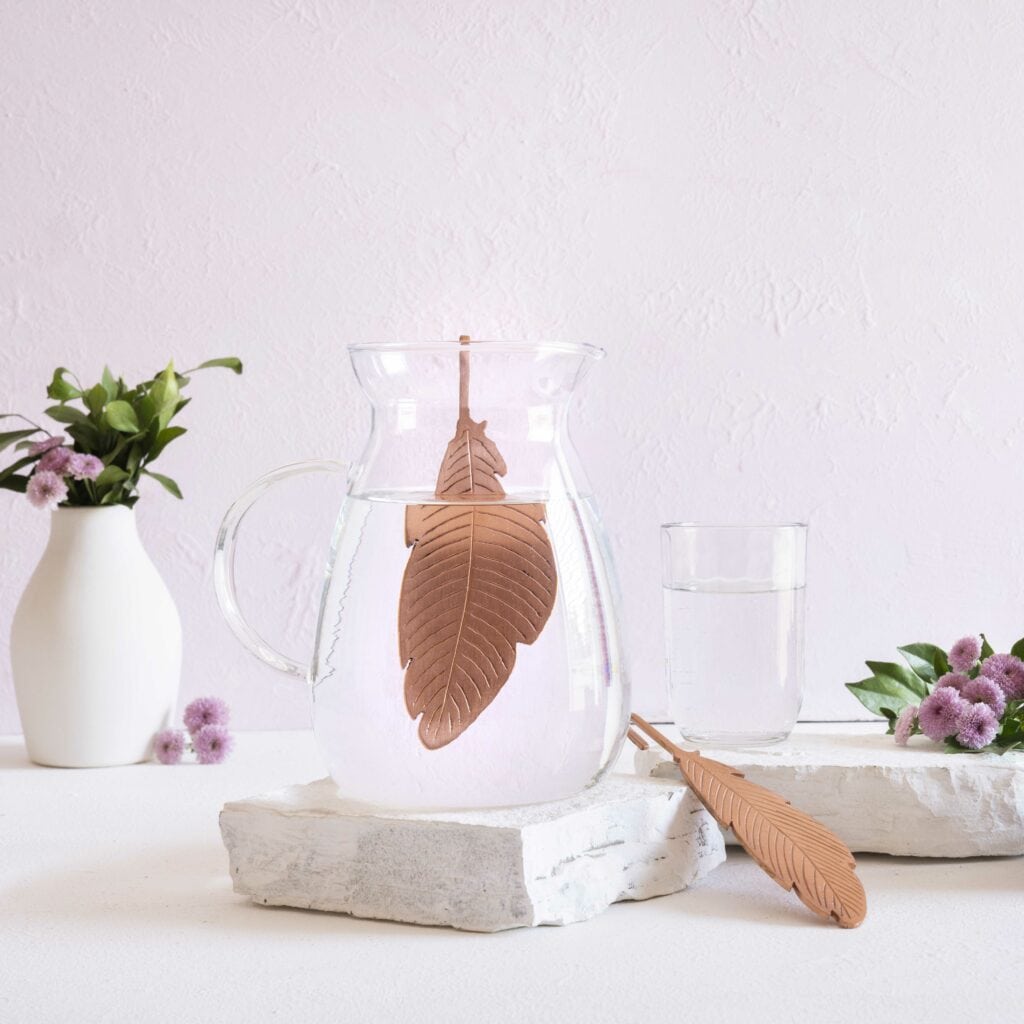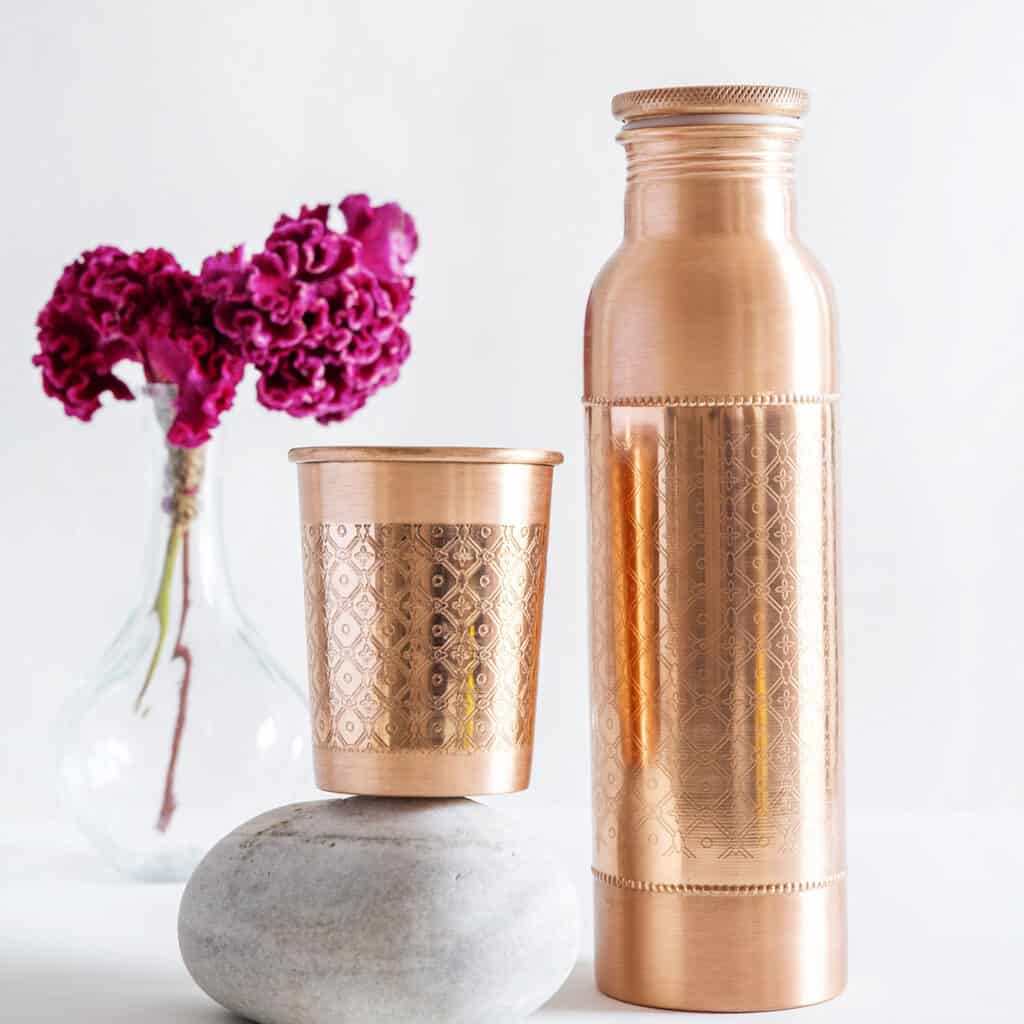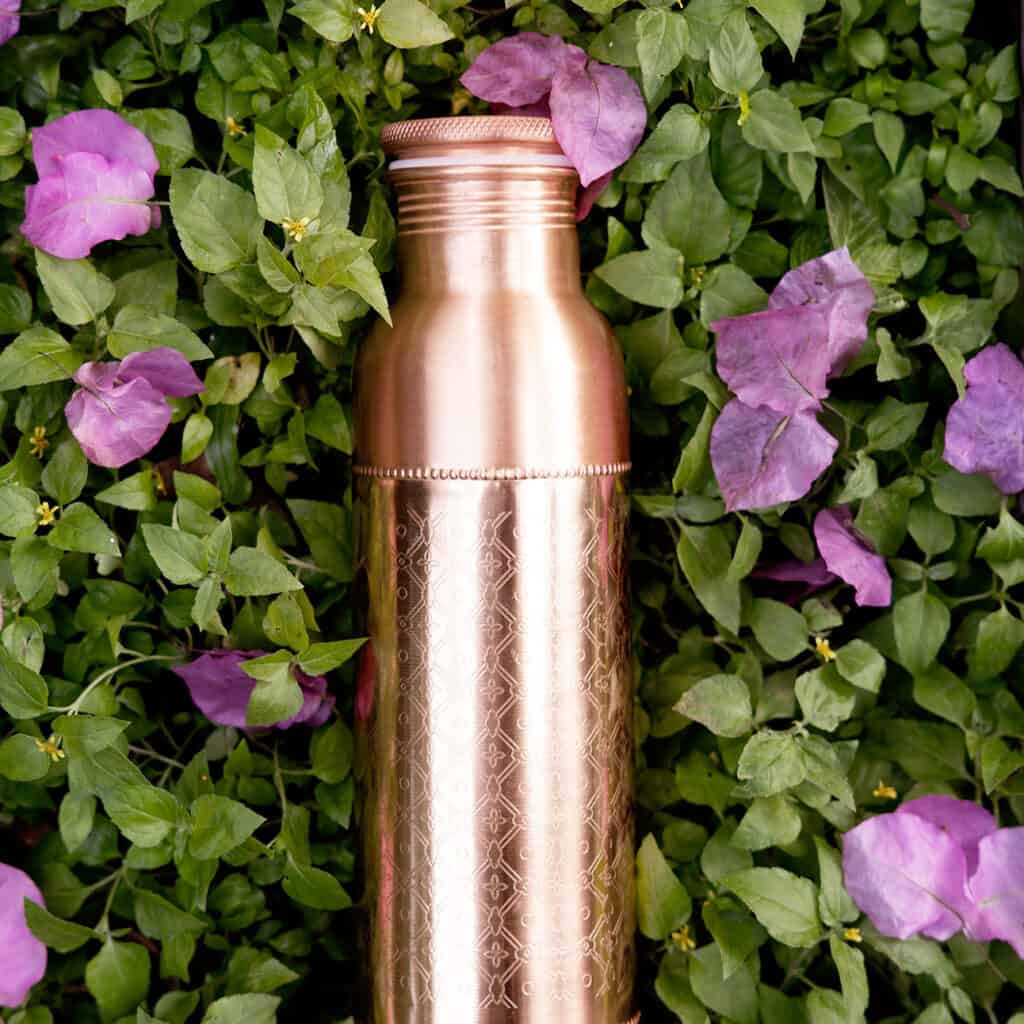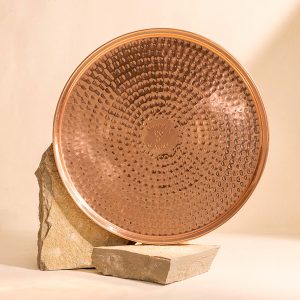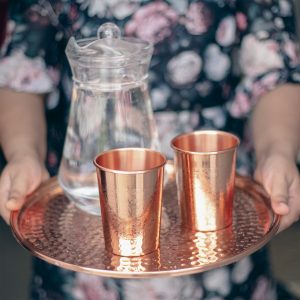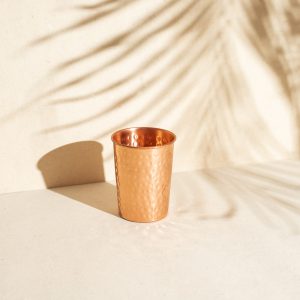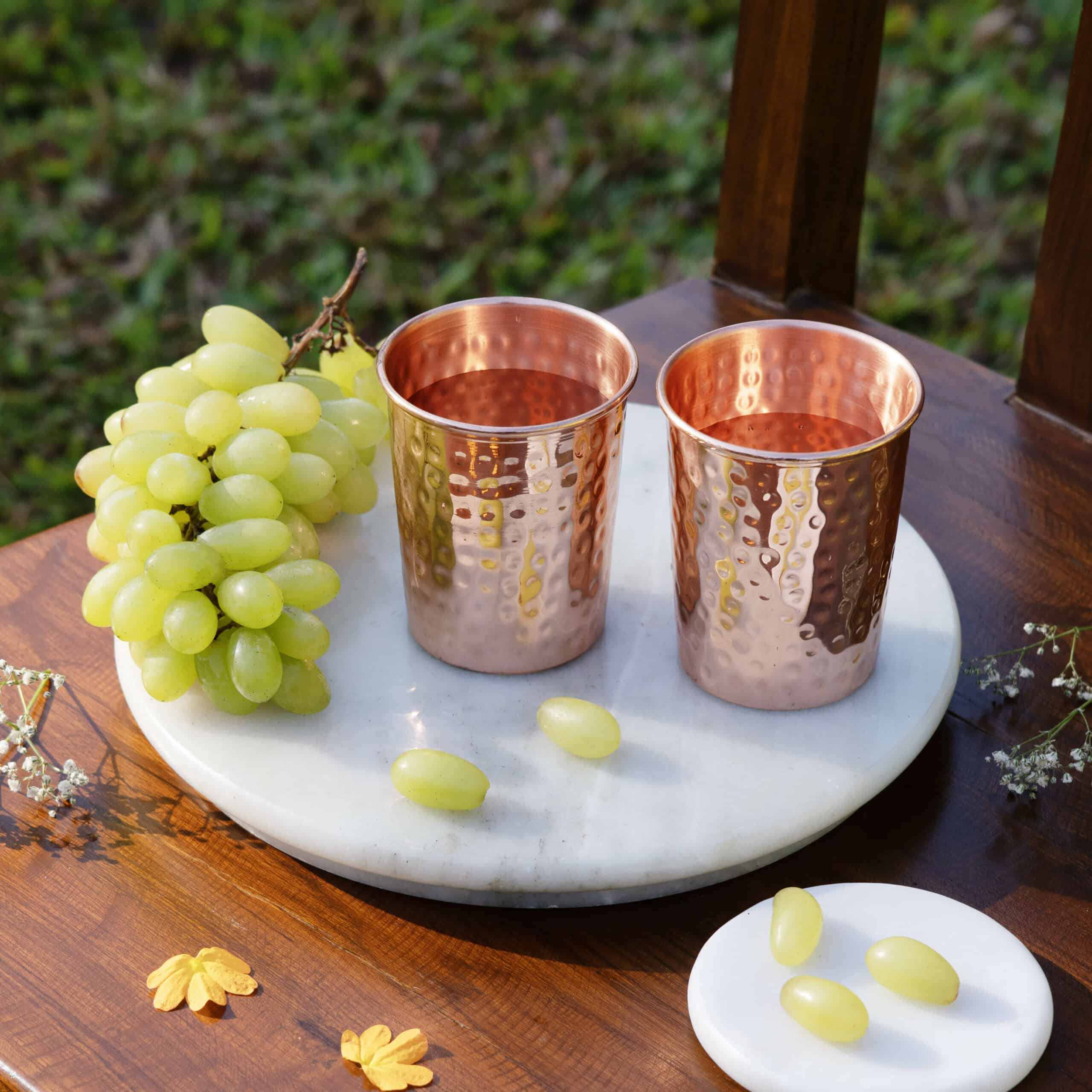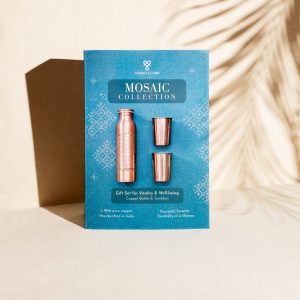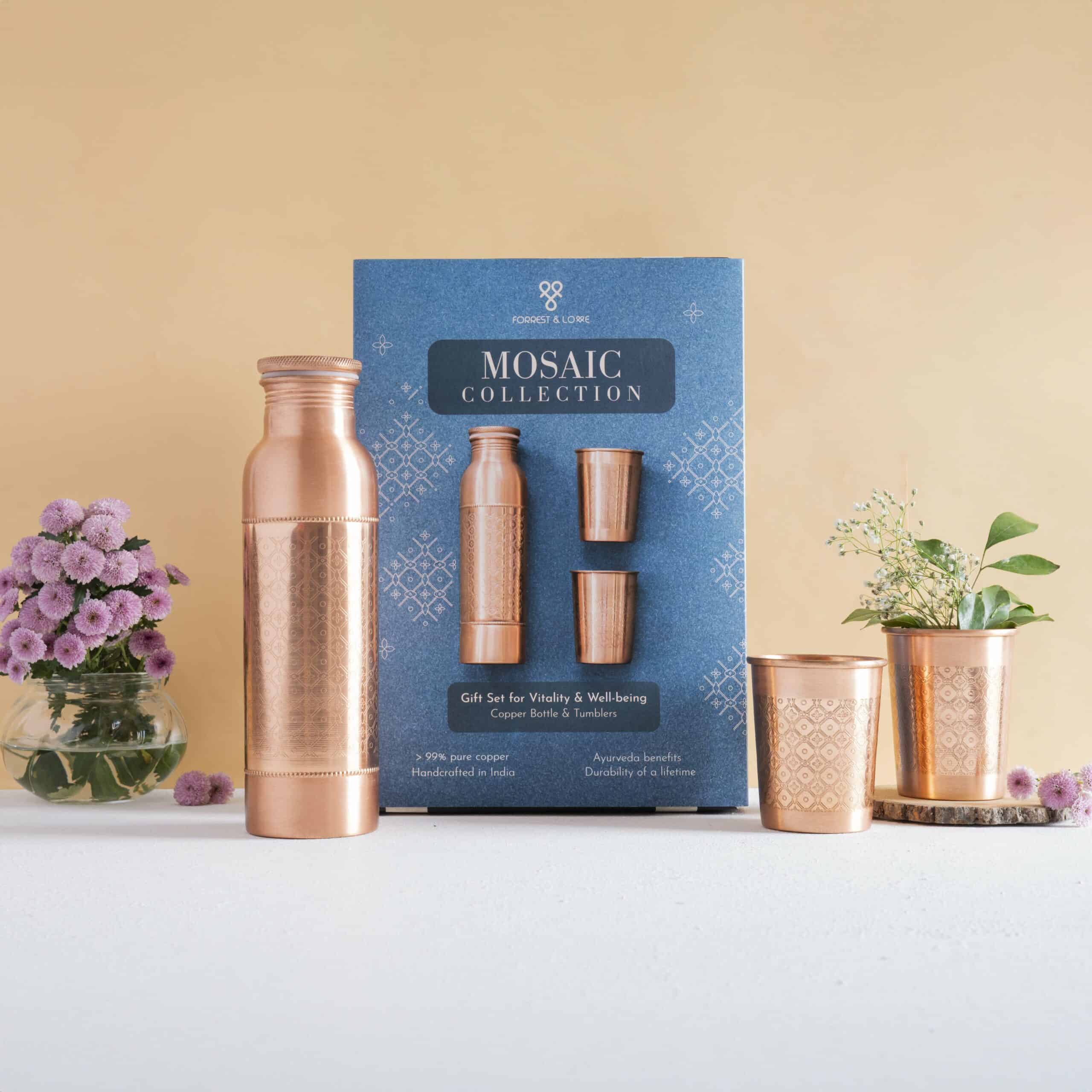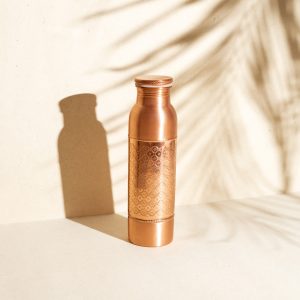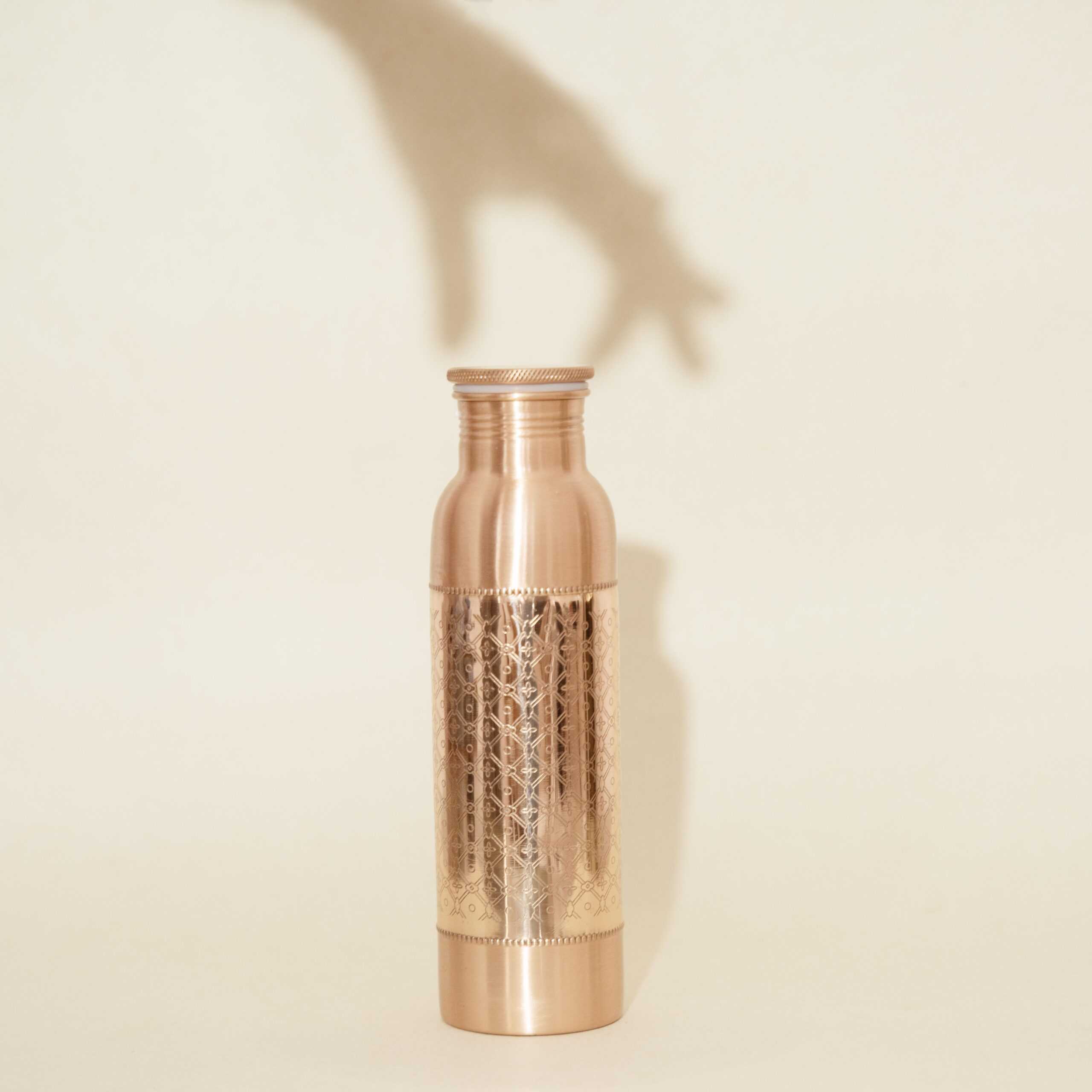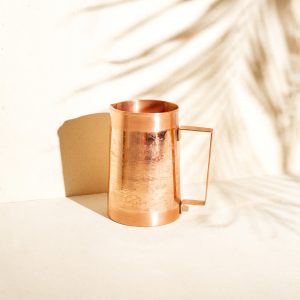OUR COLLECTION
Sustainability meets Design
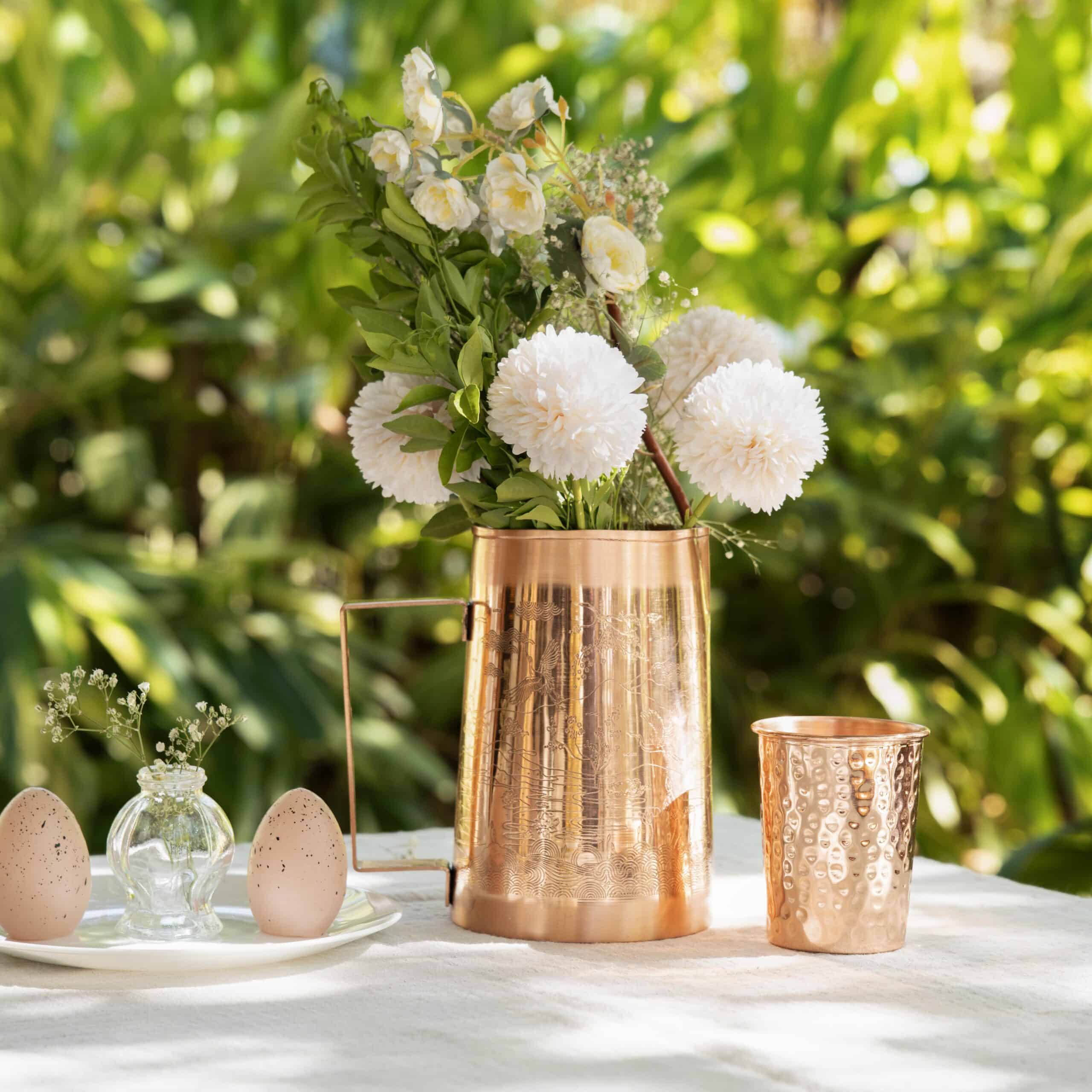
With Forrest & Love we have started a designer revolution in the field of fashion & lifestyle. Handcrafted by artisans in India, Forrest & Love designs rich sustainable lifestyle products that will live with you forever. Each piece carries a beautiful story. When you look closely at our products, you can feel the perfections and imperfections of handwork by our rural artisans, who strive to keep the inherent beauty and quality of copper alive.
We care for mother earth, empower rural artisans and bring back the forgotten art of traditional craftsmanship. Our bottle-making techniques remain unchanged, just as they were a century ago. Our design ethos is to make things stand out and turn heads! We are 100% NATURAL, 0% GUILTY
ABOUT US
We are a slow fashion, zero waste brand creating copper bottles, glasses and accessories using traditional craftsmanship and natural raw materials. Even though we are a small, independent, family run business, we are striving at competing with mass market consumerism and fast fashion goods. When you buy Forrest & Love products, you are not just getting something exquisite that is handmade with love, but also supporting tradition over trends, handicrafts over machines and sustainability over fast fashion. For us, conscious lifestyle is more than just a superficial advertising slogan.
AS SEEN IN












JOIN US ON INSTAGRAM

